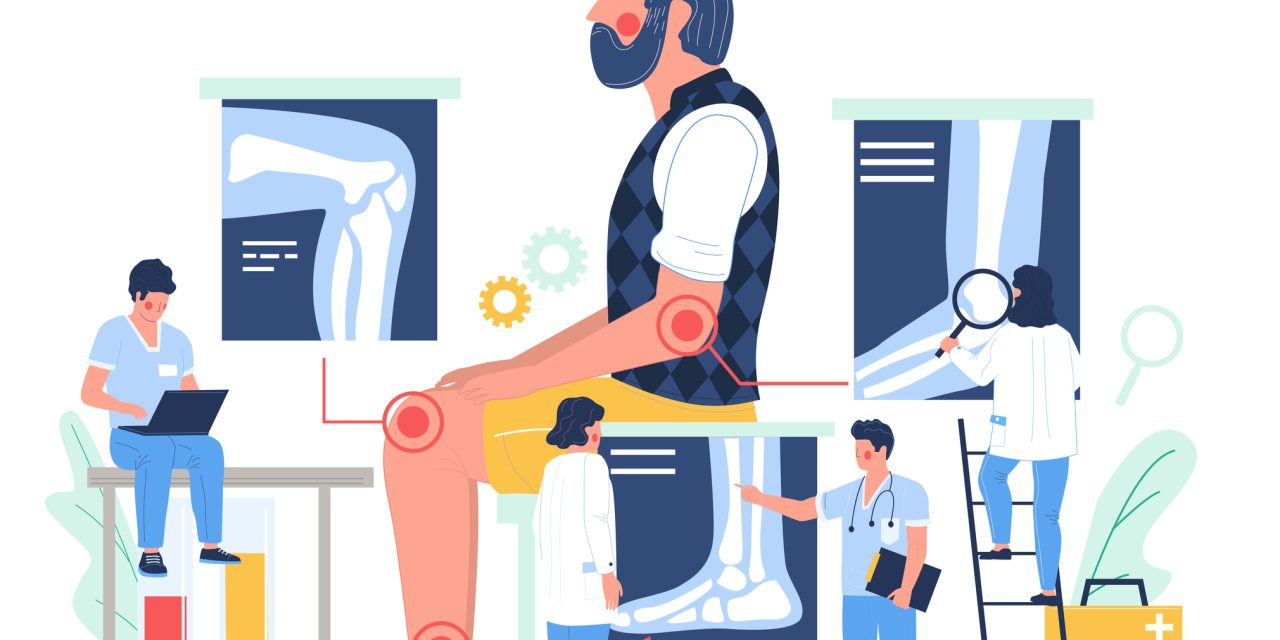Job-exposure matrices (JEMs) were developed to allow assessment of past work exposure for large population-based studies where better exposures data are unavailable. Few studies have directly compared biomechanical JEMs to self-administered questionnaires. We compared assessments of cumulative exposure to carrying heavy loads based on ‘JEM Constances’ to individually self-reported (SR) exposures.
In the French CONSTANCES cohort at inception, past SR exposure to carrying heavy loads (ever/never and durations) and a detailed job history were available for 26 929 subjects. JEM Constances, an existing biomechanical JEM based on SR current exposures from 26 821 asymptomatic workers, was combined with job history to build a cumulative biomechanical exposure score. Using individual SR exposure as the reference, Area Under the Curve (AUC) of Receiver Operating Characteristic (ROC) curves, sensitivity, and specificity were calculated. For both methods, associations with low back pain and knee pain were computed using multinomial logistic models. Additional analyses compared older (>10 years) to more recent (≤10 years) exposures.
AUCs ranged from 0.795 (0.789-0.800) when all periods were considered, to 0.826 (0.820-0.833) for more recent biomechanical exposure (≤10 years). Associations between carrying heavy loads and low back pain or knee pain were less strong using JEM assessment than individually SR exposure: for low back pain ORSR = 3.02 (2.79-3.26) versus ORJEM = 1.70 (1.59-1.82) and for knee pain ORSR = 2.27 (2.10-2.46) versus ORJEM = 1.64 (1.53-1.77).
JEM Constances’ assessment of cumulative exposure of carrying heavy loads seems to be a useful method compared to a self-administrated questionnaire for large population-based studies where other methods are not available.
© The Author(s) 2020. Published by Oxford University Press on behalf of the British Occupational Hygiene Society.
Comparison Between a Job-Exposure Matrix (JEM) Score and Self-Reported Exposures for Carrying Heavy Loads Over the Working Lifetime in the CONSTANCES Cohort.


